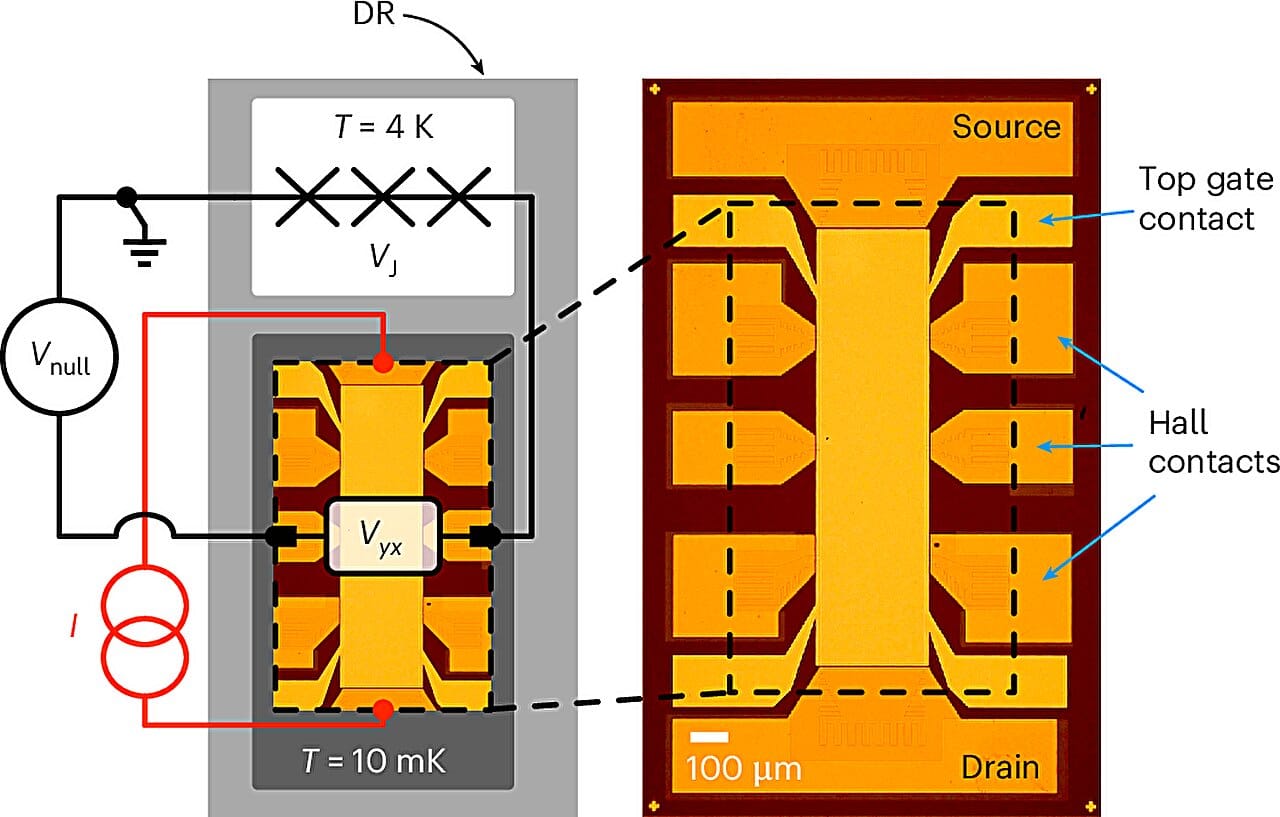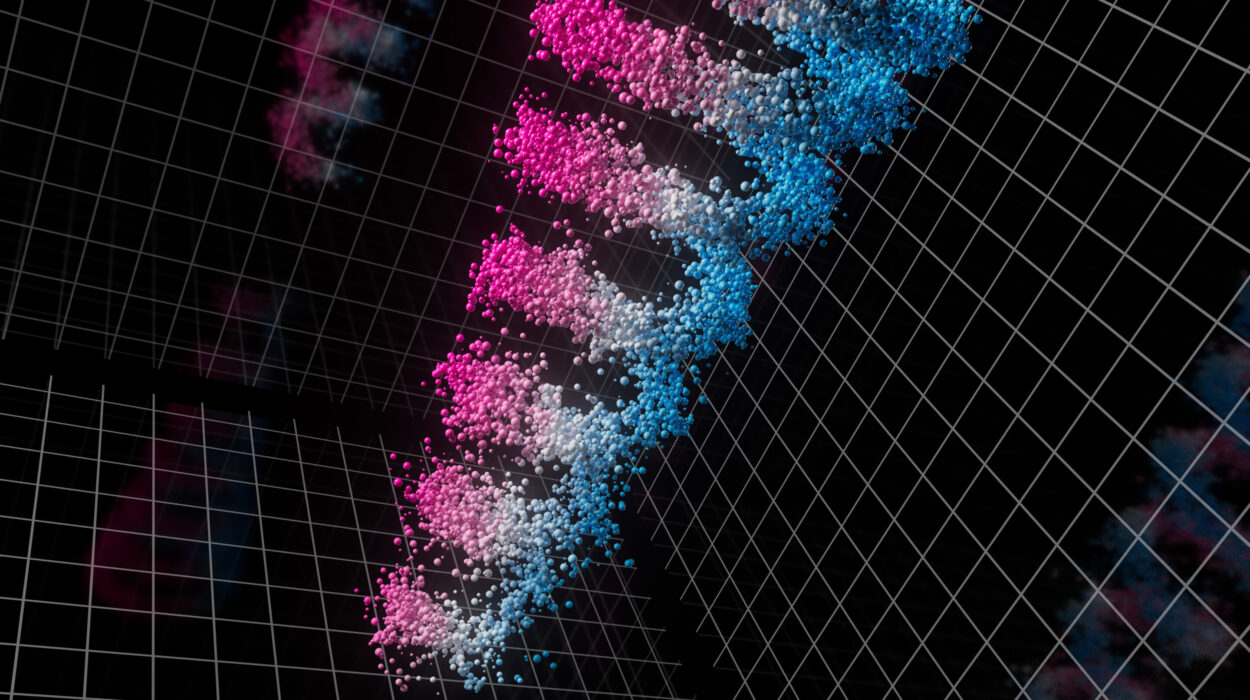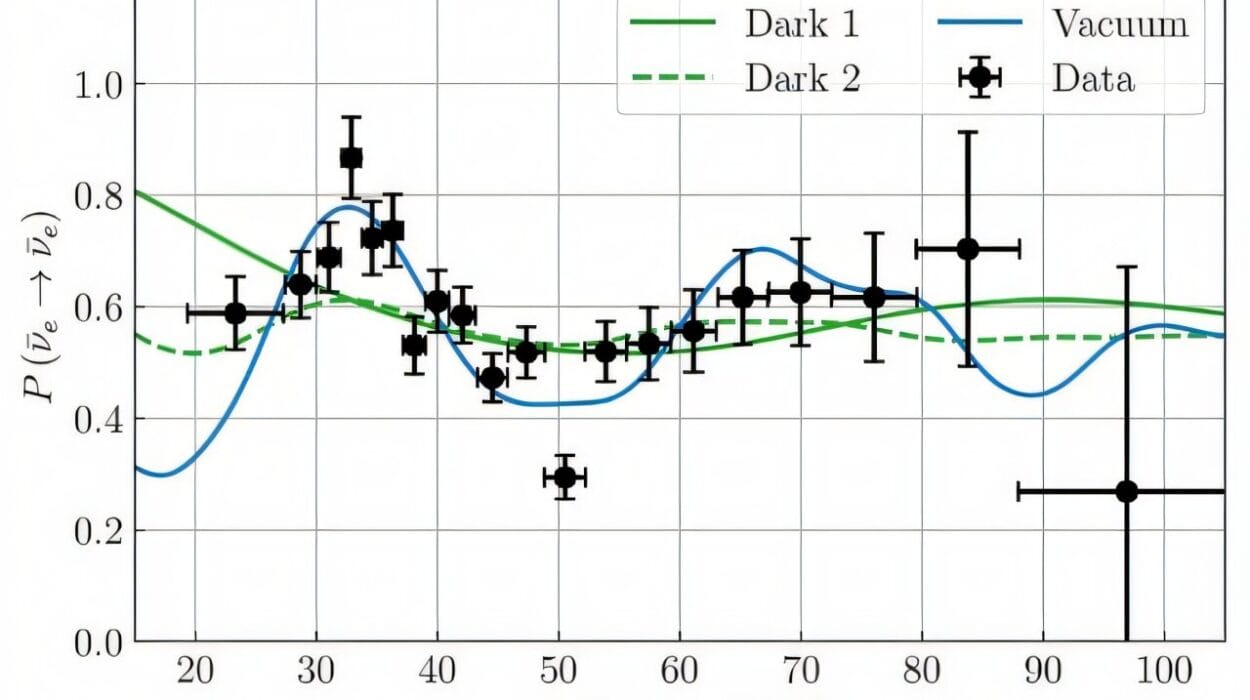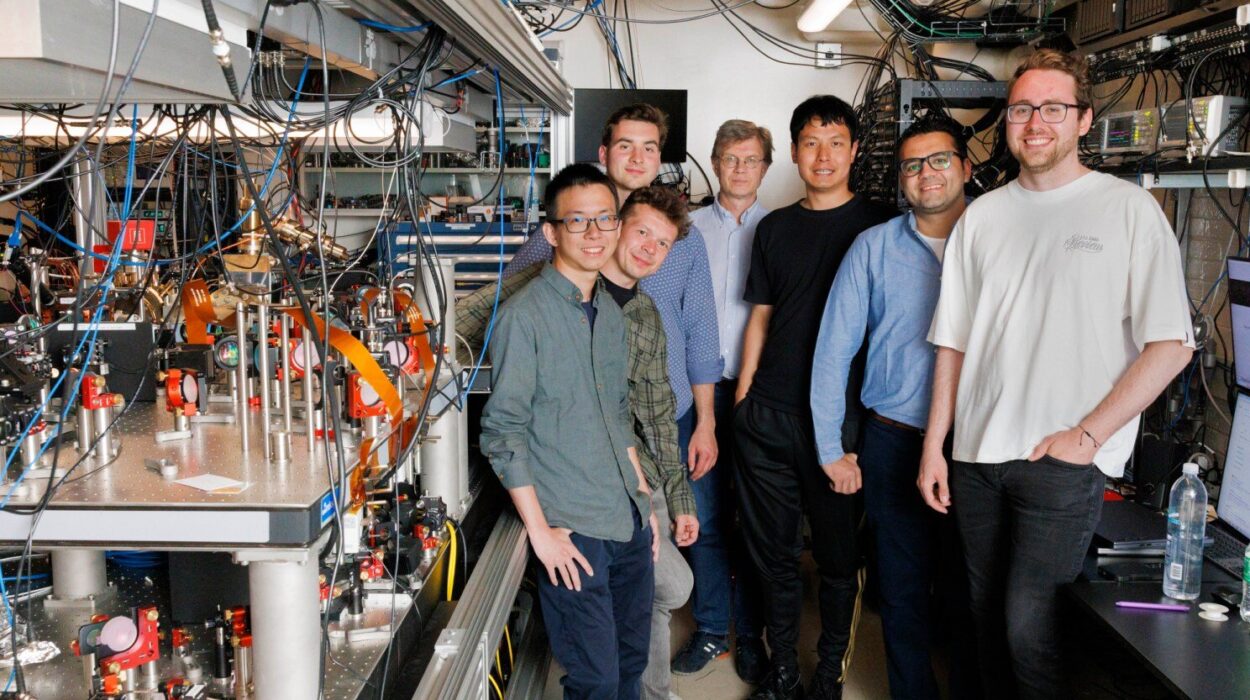Electricity powers nearly every aspect of modern life, from the phone in your hand to the spacecraft exploring the edges of our solar system. But beneath the technology lies a fundamental question: how do we measure electricity with absolute accuracy? Until recently, scientists needed different instruments to measure the three essential units of electricity—the ampere (current), the volt (voltage), and the ohm (resistance). Now, for the first time, researchers at the U.S. National Institute of Standards and Technology (NIST) have achieved something remarkable: they have created a single quantum device that can measure all three with extraordinary precision.
This breakthrough is not just a technical achievement. It marks a step toward redefining how the world standardizes electrical measurements, reducing errors, and opening new frontiers in science and technology.
Why This Breakthrough Matters
Electrical measurements underpin every piece of technology we rely on. When a medical device delivers a precise dose of electricity to the brain, or when a satellite communicates across vast distances, accuracy matters. Traditionally, achieving the highest level of precision required separate specialized instruments, each based on different principles. This created room for complexity, inefficiency, and even human error.
The new NIST device changes that by combining three measurements into one streamlined system. Imagine having a single compass that not only points north but also measures distance and elevation at the same time. That is what this new quantum instrument represents for electrical science.
The Science Behind the Device
The innovation rests on bringing together two extraordinary quantum technologies inside a single cryostat, a chamber that keeps materials at ultra-low temperatures where quantum effects flourish.
The first is a quantum anomalous Hall resistor (QAHR). This special type of resistor can generate an exact resistance value derived directly from the laws of quantum mechanics. Unlike traditional resistors, it doesn’t rely on material imperfections but on fundamental constants of nature.
The second is a programmable Josephson voltage standard (PJVS). This device uses superconducting junctions to generate highly precise voltage steps, again based on quantum principles.
The difficulty was that these two systems typically don’t coexist easily. The QAHR usually requires strong magnetic fields, while the PJVS is sensitive to such fields. The NIST team, led by physicist Jason Underwood, solved this by using a newly engineered material that allows the QAHR to function without needing a magnetic field. This innovation allowed the two systems to live side by side in the same cryostat, operating harmoniously.
The result is a single device capable of measuring voltage, resistance, and current—all linked to the most fundamental quantum standards humanity knows.
Overcoming the Quantum Challenges
Bringing fragile quantum phenomena into a practical measurement tool was no small feat. The researchers had to ensure that both the QAHR and the PJVS could operate stably at the same low temperatures, without interfering with each other.
The team’s solution represents not just a technical fix but a new way of thinking about electrical standards. By creating conditions in which two quantum systems can coexist, they have demonstrated a path toward multifunctional devices that could simplify and strengthen how scientists define and use electrical measurements.
In their experiments, the NIST team demonstrated voltage measurements ranging from 0.24 millivolts to 6.5 millivolts, with an accuracy so high that classical methods could never compete. Resistance and current were measured with equal precision. The error margins were vanishingly small, a hallmark of quantum-based metrology.
Implications for the Future
The research, published in Nature Electronics, has implications that go far beyond laboratory curiosity. At the most practical level, this technology could redefine how national laboratories and industries calibrate electrical instruments. A single device capable of providing the world’s most reliable electrical measurements could streamline processes, cut costs, and reduce errors.
But the impact may stretch further still. More precise electrical standards could ripple across many fields—semiconductor manufacturing, telecommunications, aerospace, and even medical diagnostics. For instance, ultra-accurate current and voltage standards could improve the reliability of microchips or enhance the safety of medical devices that depend on controlled electrical signals.
The team also points to the possibility that this research could inspire new materials science breakthroughs. Their hope is that by demonstrating a working multifunctional quantum instrument, they will encourage others to push the boundaries of topological materials—exotic substances that host robust quantum effects—and improve the design of cryogenic systems that house these delicate experiments.
A Step Toward the Ultimate Goal
The vision behind this achievement reaches further than a single device. In the long run, physicists imagine a world where all measurements—time, mass, temperature, electricity—are directly tied to fundamental constants of nature through quantum mechanics. Such a framework would give humanity a universal measuring system immune to drift, error, or the quirks of man-made instruments.
Einstein once said, “The most incomprehensible thing about the universe is that it is comprehensible.” This breakthrough from NIST is a modern echo of that truth. By understanding and harnessing the strange, precise laws of quantum mechanics, scientists have created a tool that can measure the very building blocks of electricity with an elegance that classical physics could never achieve.
Looking Ahead
The integrated quantum device is still a specialized laboratory instrument, not something that will show up in a household toolbox. But its potential to reshape global standards makes it one of the most important scientific advances in metrology—the science of measurement—in recent years.
As the researchers themselves expressed, their “initial effort towards a multifunction quantum instrument” may be just the beginning. What lies ahead is a future where the strange beauty of quantum mechanics does not only challenge our imagination but also anchors the most practical, everyday aspects of technology.
More information: Linsey K. Rodenbach et al, A unified realization of electrical quantities from the quantum International System of Units, Nature Electronics (2025). DOI: 10.1038/s41928-025-01421-2
Stephen P. Giblin, Simplifying primary electrical standards, Nature Electronics (2025). DOI: 10.1038/s41928-025-01423-0





